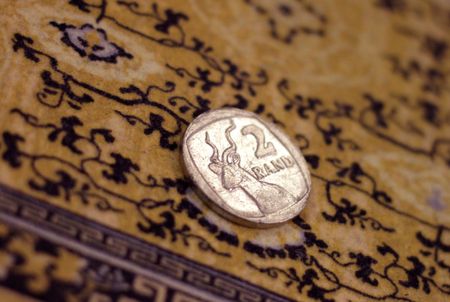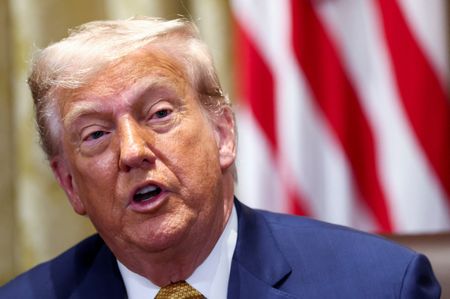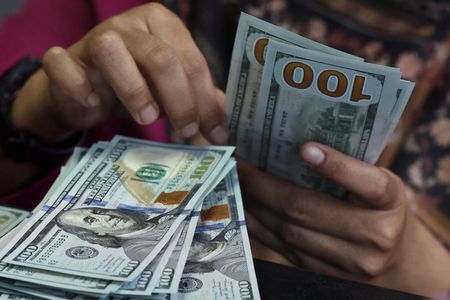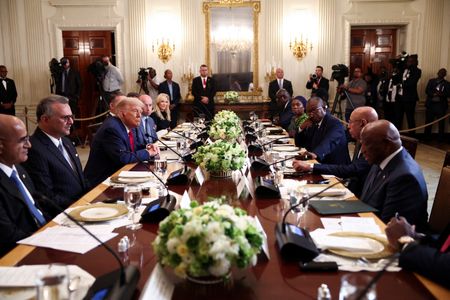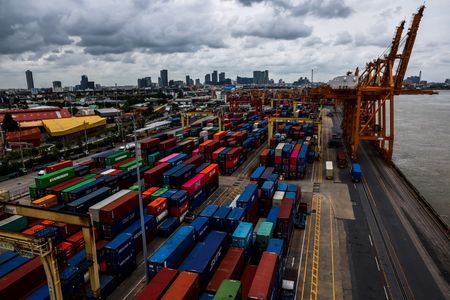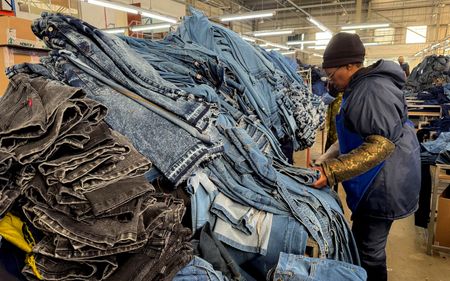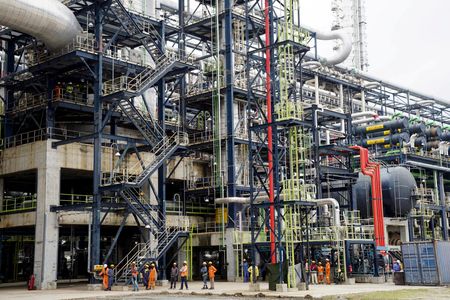JOHANNESBURG (Reuters) -South Africa’s commodity-backed currency and stocks weakened on Wednesday, with investor focus on precious metal prices that have been on the back foot after U.S. President Donald Trump’s latest tariff threats.
On Tuesday, Trump said he would impose a 50% tariff on copper imports, hoping to boost U.S. production of a metal critical to electric vehicles, military hardware, power grids and many consumer goods.
At 1218 GMT, the rand traded at 17.8250 against the dollar, down roughly 0.2% on Tuesday’s close.
South Africa is a major producer of minerals and precious metals and investors in its rand, like those in other commodity-linked currencies, will be closely tracking developments from Washington.
Prices of spot gold, platinum, palladium and copper outside the U.S. fell sharply on Wednesday.
“Although South Africa produces relatively little copper and therefore has minimal direct exposure, a potential U.S. copper tariff would weigh on commodity-exporting emerging economies more broadly,” said Roy Topol, portfolio manager at Cratos Asset Management.
The Johannesburg Stock Exchange’s Top-40 index was last down 0.2%, hurt partly by falls in shares of mining companies.
Shares of heavyweights Anglo American and Glencore were both down 2%, which Topol attributed to their significant exposure to copper.
Shares of gold miners Harmony Gold and Gold Fields dropped 1%.
Compounding pressure on the already risk-sensitive rand is the country’s attempts to negotiate a trade deal with the United States before an extended deadline of August 1, after which it faces a 30% trade tariff on its exports to the U.S.
Trump also reiterated on Tuesday his threat of 10% tariffs on the BRICS bloc, which includes South Africa.
South Africa’s benchmark 2035 government bond was flat, with the yield up half a basis point at 9.9%.
(Reporting by Sfundo Parakozov; Editing by Tomasz Janowski and Alex Richardson)

